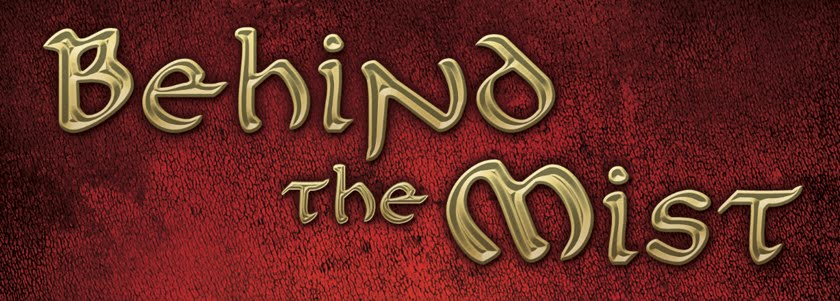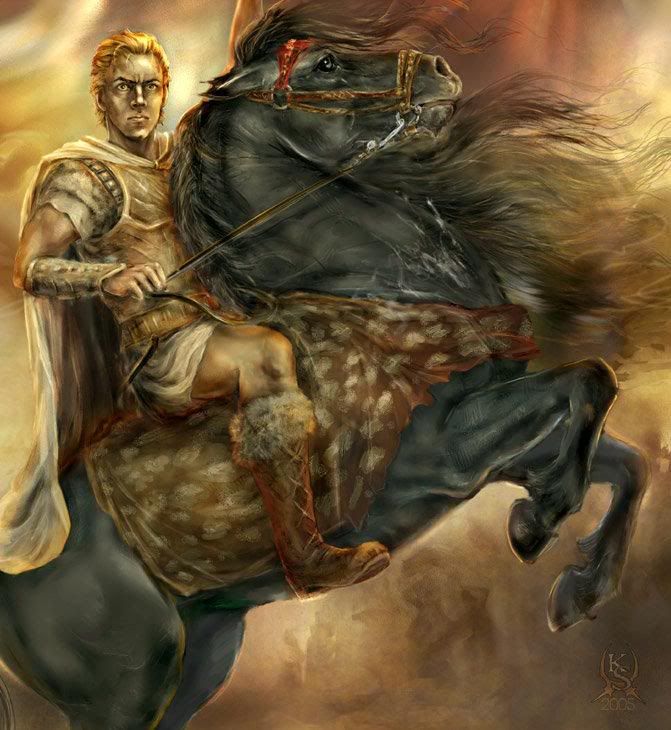 On December 5th I was privileged to be able to preview the new movie "War Horse" by Steven Spielberg to be released on Christmas Day. What an experience! What a great Christmas gift to all of us, horse-lover or not! I loved this movie, not only because I love horses and hate war but because of all the messages within and around it.
On December 5th I was privileged to be able to preview the new movie "War Horse" by Steven Spielberg to be released on Christmas Day. What an experience! What a great Christmas gift to all of us, horse-lover or not! I loved this movie, not only because I love horses and hate war but because of all the messages within and around it.Steven Spielberg saw the fantastic play "War Horse" in London and it inspired him to put aside all other projects and make that story into a movie.
 If you haven't heard about this play it is quite amazing. The horses are all depicted by puppets and the puppeteers have so thoroughly studied the natural movements of horses that you completely forget that the puppets aren't real.
If you haven't heard about this play it is quite amazing. The horses are all depicted by puppets and the puppeteers have so thoroughly studied the natural movements of horses that you completely forget that the puppets aren't real.
The story is about the love between a boy and a horse, just like in Behind the Mist. The story opens in England just before World War I when the boy's father, in a state of inebriation spent all of the families meager funds on a young, untrained thoroughbred colt instead of the needed plow horse. With loving training by the man's son, "Joey" as he is named becomes not only loyal but very strong. When the war comes, the farmer is forced to sell Joey to save the farm, breaking his son's heart, and Joey is sent off to war, but not before the boy promises to find him.
There are several touching moments in the film that had me crying...sobbing actually, and others that had me gripping by husband's arm tightly. One of the most touching scenes reminded me of the story about the Christmas Eve during WWI when the soldiers from both sides set down their guns and sang "Silent Night" together. In this movie, Joey escapes the German's who have captured him and is running between the trenches in "No Man's Land." It is a brutal scene as the horse becomes entangled in the barbed wire. (Barbed wire is every horseperson's worst nightmare!) An English solder risks his life to go out to try to save him and is joined by a German soldier who has a pair of wire cutters. The depiction of the bond of humanity that connects these two young men who have enmity forced upon them is worth the price of admission.
I don't want to spoil the movie for you but let me just say that it has shades of "Black Beauty!"
Movie producers think that "Horses don't sell." Let's prove them WRONG! Go see WAR HORSE!
After you see it, send me your comments either here, on Face book: Behind the Mist, or on my email: mjevansbtm@gmail.com
I have no doubt that Joey has earned his unicorn horn by now!
MERRY CHRISTMAS TO ALL OF YOU!





 themisttrilogy.blogspot.com
themisttrilogy.blogspot.com














 Peter McCue (cute name isn't it!) is a member of the
Peter McCue (cute name isn't it!) is a member of the 
 Readers of
Readers of 









